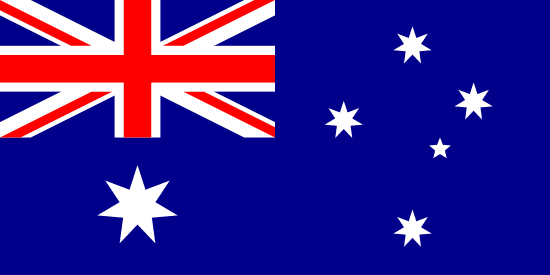"Jabiru: Gateway to Kakadu | Jabiru: Gateway to Kakadu"
About:
Jabiru is a town in the Northern Territory of Australia, founded in 1982 as a closed town to house workers of the nearby Uranium mines. It is surrounded by Kakadu National Park, a UNESCO World Heritage Site. The town's population fluctuated with the uranium industry's fortunes. Post-2021, with the closure of the mine, Jabiru is transitioning into a tourism-based economy, focusing on its unique environment and Indigenous culture. The town is managed by the Gundjeihmi Aboriginal Corporation.
When to visit:
Jabiru, a town located in the Northern Territory of Australia, experiences a tropical climate with two distinct seasons: the wet season and the dry season. The best time to visit Jabiru for a holiday would be during the dry season, which typically runs from May to October. During this time, the weather is more pleasant with lower humidity levels and minimal rainfall, allowing for more enjoyable outdoor activities such as exploring the nearby Kakadu National Park. It is advisable to avoid visiting during the wet season (November to April) as heavy rainfall can lead to road closures and limited access to certain attractions.
When to avoid:
Jabiru, a small town located in the Northern Territory of Australia, experiences two distinct seasons: the wet season and the dry season. The worst time to travel to Jabiru on a holiday would be during the wet season, which typically occurs from November to March. This period is characterized by heavy rainfall, high humidity, and the potential for cyclones, making outdoor activities challenging and limiting access to certain attractions. Travelers are advised to plan their visit during the dry season from April to October for more favorable weather conditions and a better overall experience.
"Wet Season (Nov–Apr)"
Jabiru, Australia's wettest period is the tropical summer from November to April, with January and February being the peak. Temperatures range from 24°C to 34°C, with humidity often above 80%. The region receives heavy rainfall, averaging 1500mm, causing lush growth and filling waterways. Sunlight is usually reduced due to dense cloud cover. An average day for a visitor might involve morning exploration before afternoon storms. Despite the rain, it's a great time to observe vibrant wildlife and dramatic thunderstorms.
"Hot Season (April–October)"
Jabiru is located in Australia's Northern Territory and experiences a tropical monsoon climate. The warmest part of the year is typically from October to April, when temperatures average between 24°C (75°F) and 37°C (99°F).
During this time, rainfall is at its highest, particularly from December to March, due to the wet season. It's not uncommon for monthly rainfall to exceed 200mm during these months. This can sometimes lead to humidity levels of over 80%, making the air feel quite heavy and damp.
Sunlight during this period is abundant, with an average of 7-9 hours of sunshine per day. However, cloudiness is also common due to the frequent rainstorms, which can sometimes reduce visibility.
For a visitor, a typical day in Jabiru during this time would feel very hot and humid, especially in the afternoon. Mornings can be slightly cooler and less humid, providing a more comfortable time for outdoor activities. It's also important to be prepared for sudden rain showers or thunderstorms, which can occur without much warning. Despite the high humidity and rainfall, the abundant sunlight and warm temperatures can still make this a beautiful time to visit, especially for those who enjoy tropical climates.
Language:
Jabiru, a town in the Northern Territory of Australia, predominantly features English as the commonly spoken language. However, due to its location within the Kakadu National Park, indigenous languages such as Kunwinjku and Jawoyn are also spoken among the local Aboriginal communities.




